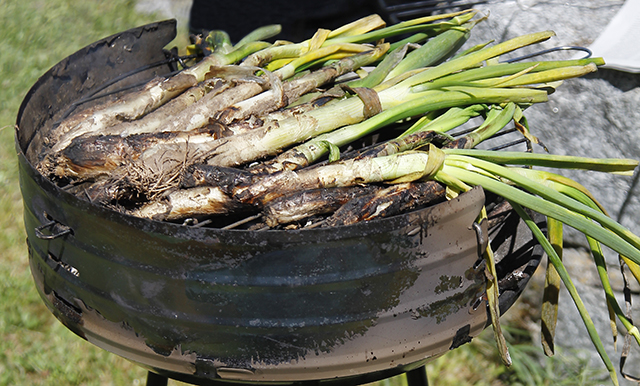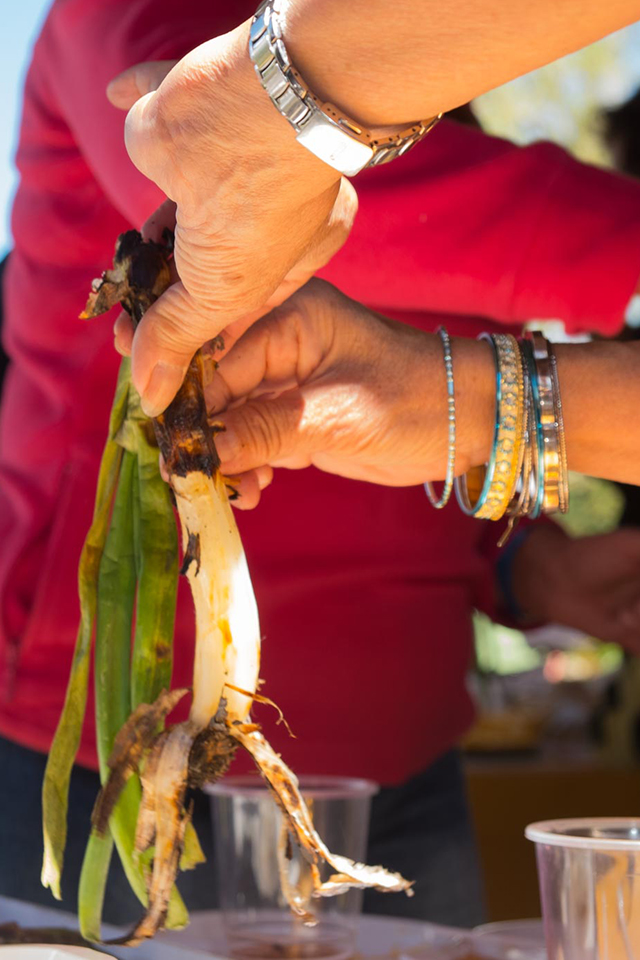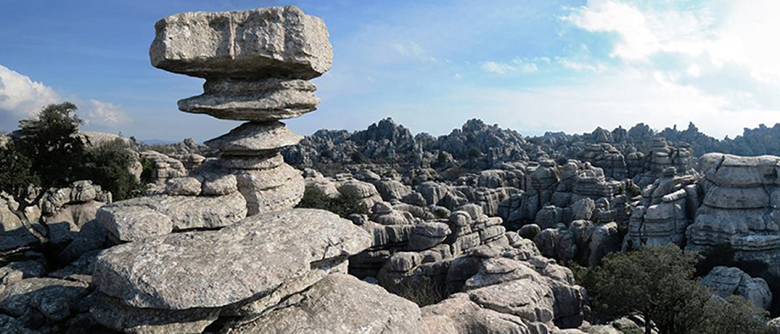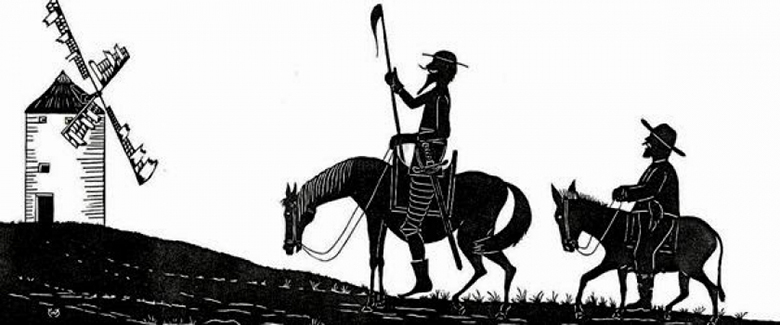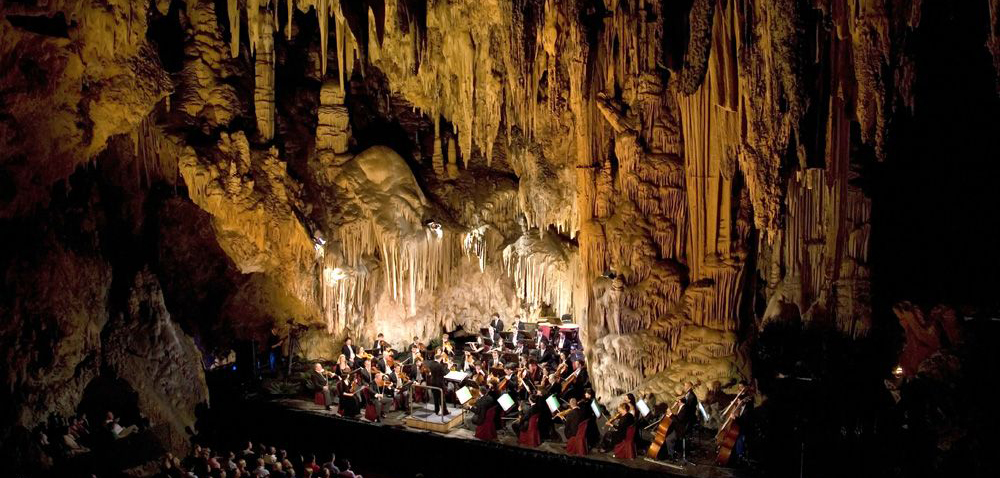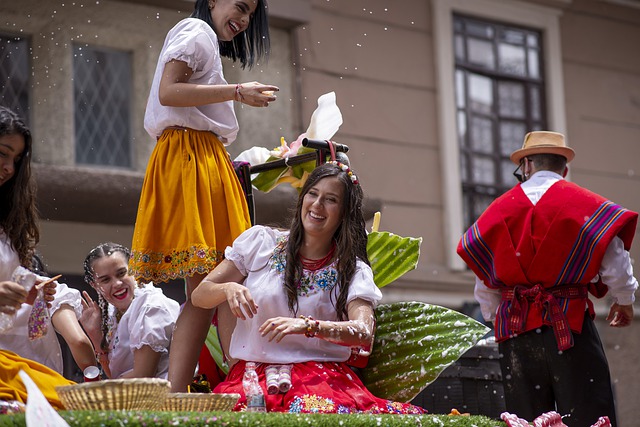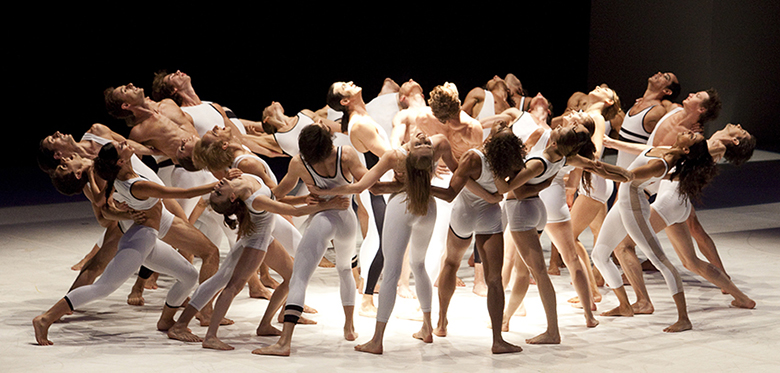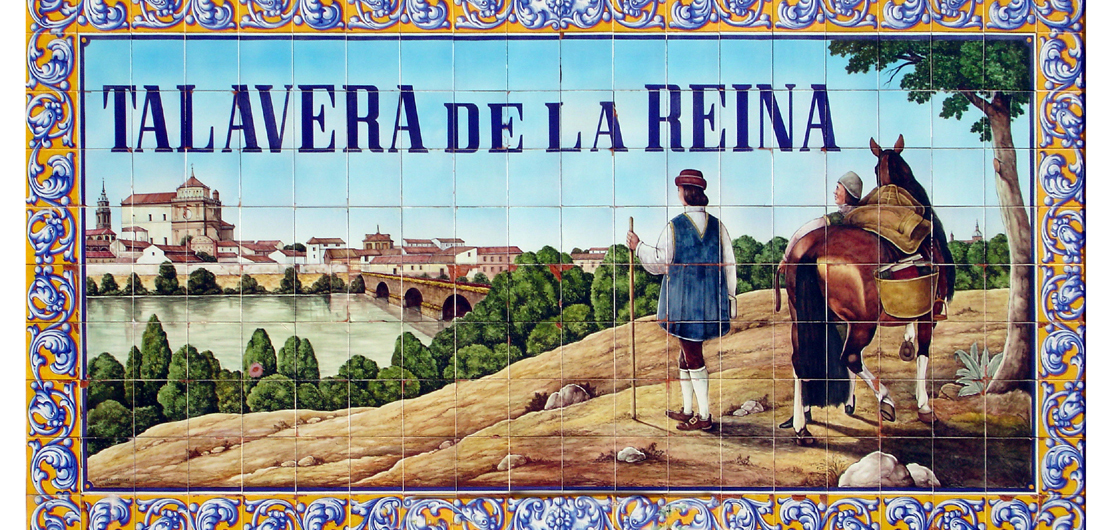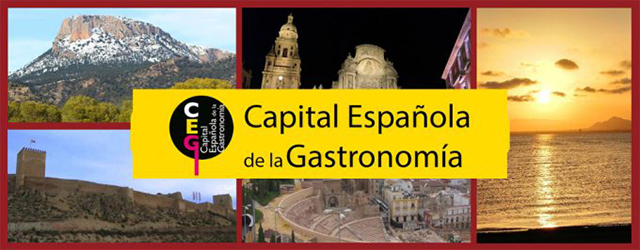The Catalonian countryside has so much to offer visitors: everything from rolling green hills, to snow-capped mountain peaks, to seemingly endless vineyards waving in the breeze. Charming masias (rural homes built of stone that often date back centuries) dot the landscapes and, in the winter, billows of fragrant smoke escape from the chimneys. They look so cosy and inviting – wouldn’t you love to stop in for a hearty lunch?
Good news – often times, you can. But you may be surprised by what appears on your table!
Homemade bread, grilled meats and…onions?
If you find yourself staring at a plate of what appear to be blackened green onions, congratulations! You’ve made it to a calçotada, one of the finest winter traditions of Catalonia and one of the most unique – and surprisingly delicious – culinary experiences you’ll ever have.
Calçots are just what they appear to be – green onions. They are a type of scallion, to be more specific, with a milder flavor and less of a bulb than the usual strain. This seemingly simple recipe calls for just one additional ingredient – fire, and lots of it.
The smoke you’ll see wafting up from Catalonian masias isn’t just from the toasty warm fireplace. It’s also coming from a massive grill where huge quantities of calçots are being charred for your dining pleasure – most likely alongside equally mammoth portions of locally-raised beef, pork or chicken. Fish or seafood options are also usually available, but strict vegetarians may be in for double calçots!
How do we eat these things?
The bibs may be a giveaway – be prepared to get messy. The mountain of blackened calçots arrives at your table, alongside generous dishes of romesco sauce (a divine blend of red peppers, garlic and nuts). Don’t be shy, just grab one and gently pull the charred outer layer down and off, coat the succulent inner stem with romesco, tilt your head back and lower the whole thing into your mouth, biting off where the green part starts.
Trust us, it’s delicious. Served with traditional pan con tomate – or pa amb tomaquet in Catalan – (thick slices of bread rubbed with garlic and fresh tomato, and brushed with olive oil) and grilled meats. You will leave very full and very happy (especially after a glass of the robust wine served with lunch).
It may not be your best choice for a romantic dinner, but it is one that is guaranteed lots of laughs.
Calçot country
Calçots can be found thoughout Catalonia during the winter months of January and February, but one of the most famous places to eat them is the village of Valls, near Tarragona. Each year it holds a very popular calçot festival, which will be held in 2016 on January 31st.
You’ll also find them on traditional restaurant menus in Barcelona and Catalan towns during the season. Most of these macias and restaurants are also happy to accommodate large groups, are very family-friendly, and are thrilled to offer visitors a one-of-a-kind taste of true Catalonian culture!
